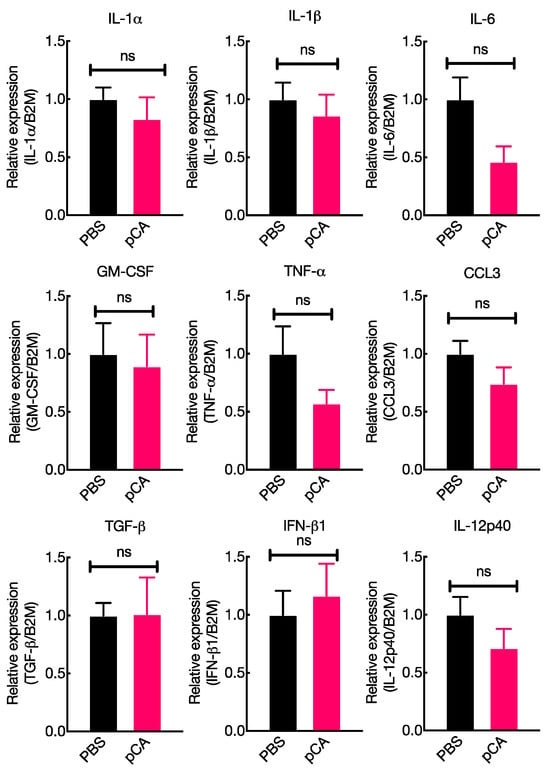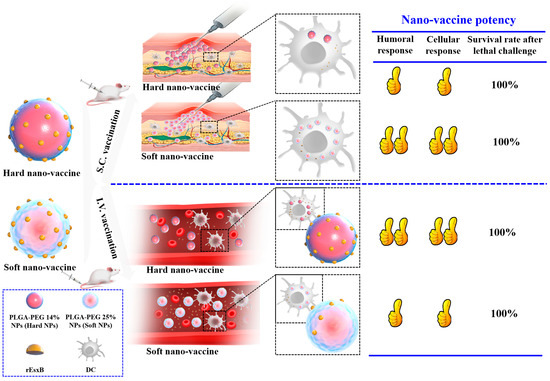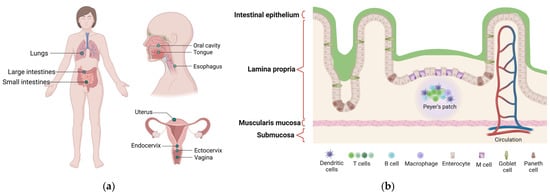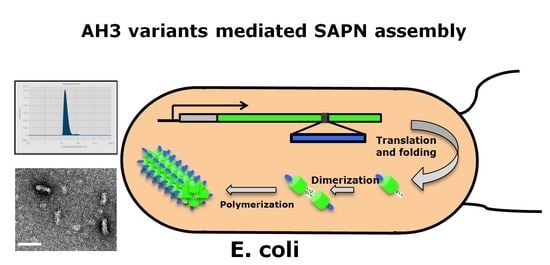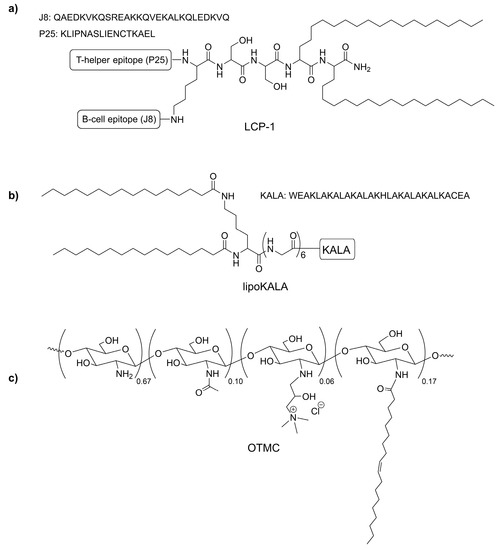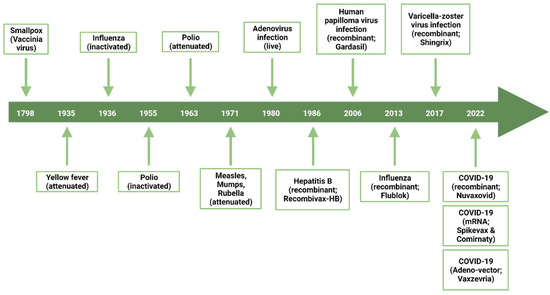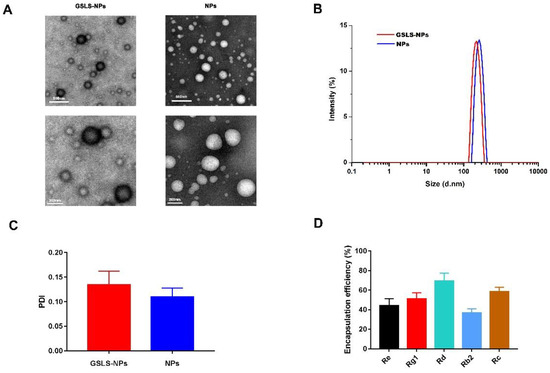Advance in Nanoparticles as Vaccine Adjuvants
A project collection of Vaccines (ISSN 2076-393X). This project collection belongs to the section "Vaccine Design, Development, and Delivery".
Papers displayed on this page all arise from the same project. Editorial decisions were made independently of project staff and handled by the Editor-in-Chief or qualified Editorial Board members.
Viewed by 73135Editors
Interests: viral immunology; innate immunity; adaptive immunity; adjuvants; vaccines; immune pathways; fish immunology; rhabdovirus; virus-host interaction; RNA virus; DNA virus
Special Issues, Collections and Topics in MDPI journals
Project Overview
Dear Colleagues,
Remarkable efforts have been made to develop new and improved vaccines attending antigen’s nature and immune mechanisms involved. To obtain an appropriate humoral and cell-mediated immunity, risk-free and effective vaccines are needed against infectious diseases and tumoral processes. In the last years, nanoparticles have gained much interest in new vaccines generation since they can protect the antigen targets from premature proteolytic degradation, lead to a homogeneous uptake of antigens by immune cells, and facilitating their processing and presentation. Nanoparticles composed of lipids, proteins, metals or polymers have already been used to attain some of these attributes. This collection aims to collect recent original research and reviews on nanoparticulate-loaded vaccines attain their nature, formulation, delivery, their safe and efficacy, and induced immune responses to accomplish efficient and long-lasting protection against infectious diseases and tumors. I look forward to receiving your contributions.
Dr. Eduardo Gomez-Casado
Dr. Sohrab Ahmadivand
Guest Editors
Manuscript Submission Information
Manuscripts should be submitted online at www.mdpi.com by registering and logging in to this website. Once you are registered, click here to go to the submission form. Manuscripts can be submitted until the deadline. All submissions that pass pre-check are peer-reviewed. Accepted papers will be published continuously in the journal (as soon as accepted) and will be listed together on the collection website. Research articles, review articles as well as short communications are invited. For planned papers, a title and short abstract (about 100 words) can be sent to the Editorial Office for announcement on this website.
Submitted manuscripts should not have been published previously, nor be under consideration for publication elsewhere (except conference proceedings papers). All manuscripts are thoroughly refereed through a single-blind peer-review process. A guide for authors and other relevant information for submission of manuscripts is available on the Instructions for Authors page. Vaccines is an international peer-reviewed open access monthly journal published by MDPI.
Please visit the Instructions for Authors page before submitting a manuscript. The Article Processing Charge (APC) for publication in this open access journal is 2700 CHF (Swiss Francs). Submitted papers should be well formatted and use good English. Authors may use MDPI's English editing service prior to publication or during author revisions.
Keywords
- nanoparticles
- adjuvant
- innate immune response
- adaptive immune response
- delivery
- humoral and cellular mediated immunity
- infectious diseases
- tumors

















